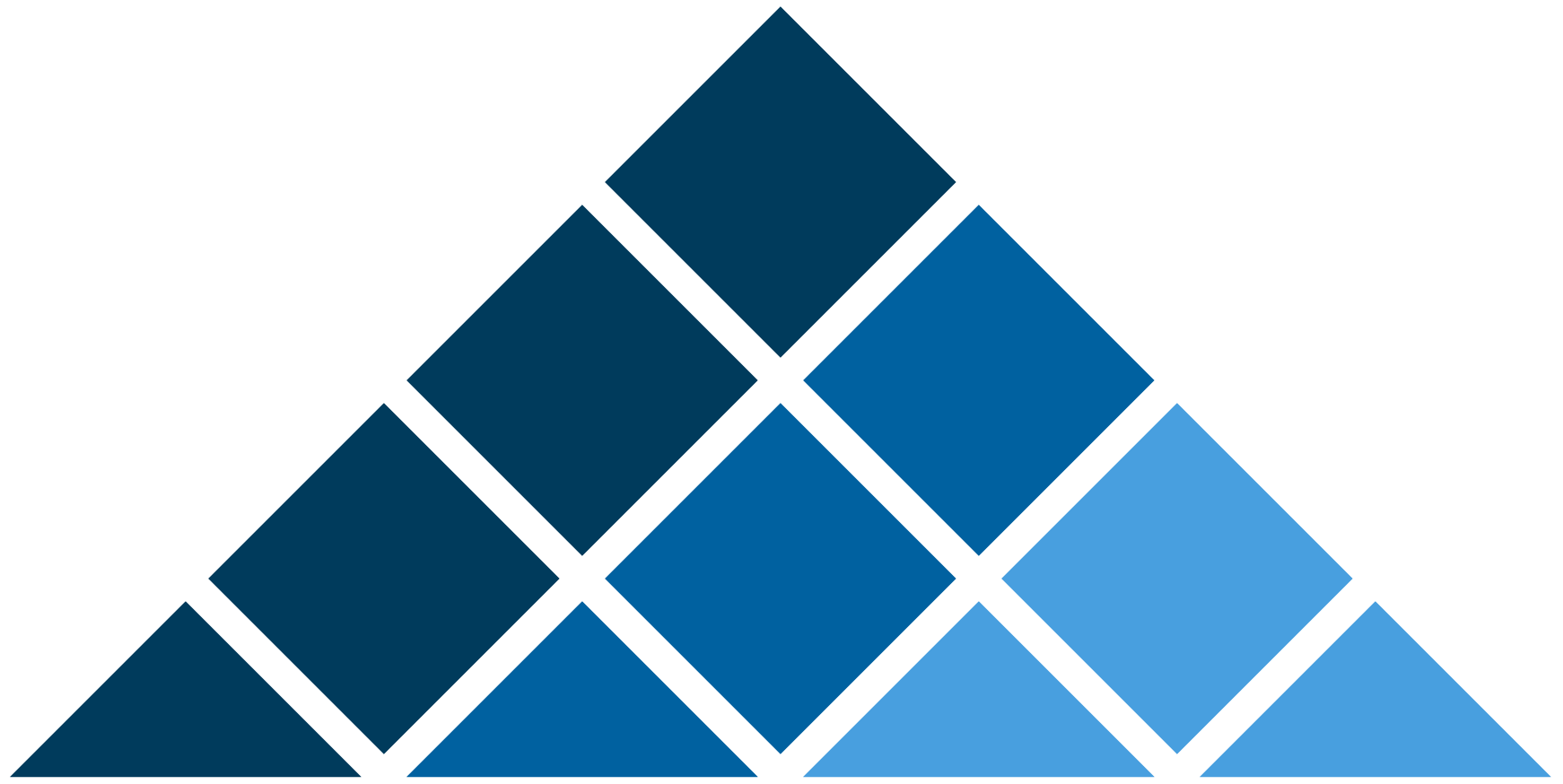As we mentioned in Chapter 1, search engines are answer machines. They exist to discover, understand, and organize the internet’s content in order to offer the most relevant results to the questions searchers are asking. SEO analytics is about tracking how well your website performs on search engines and understanding how users interact with it.
- On-page SEO is everything you can do on the website – from the optimization of content through technical aspects.
- And even getting mentioned on social media platforms like LinkedIn or X (Twitter) can cause a lift in your rankings.
- In other words, SEO works like a complex feedback system—to surface the most accurate, trustworthy, and relevant results for any given search using input from you, Google, and searchers.
- SEO is all about optimizing your website to increase your online visibility.
Off-Page SEO Optimization
This tool scans your content for SEO issues (like basic technical SEO problems and whether or not your content is over-optimized). The key is to add internal links where they make sense to your high-priority pages. That way, you can focus 100% on content… without having to worry about keywords, H2 tags, alt text and other on-page SEO stuff.
Identify Your Seed Keywords
When you optimize your site for search, you’re also improving the overall user experience. What you’ll notice with local SEO terms is that when you’re searching something, the Google autocomplete always adds on “near me” to the search query. It’s this omnipresent approach to media that allows them to build authority with Google and maintain such strong rankings. I even ran some of their top-ranking articles through Originality AI to detect if they used any LLMs to generate the content. And eventually, I did start ranking on the first page for “digital marketing jobs”.
Specifically, I published an ultimate guide to mobile optimization. If you see sites with a high number of common keywords, then you can consider them your competitors. If you want to dive deeper into keyword research, you can check out this video. I recommend typing a few different keywords into Google until you have a list of about 10 keywords. So even though long tails have relatively low search volume levels, they’re much easier to rank for.
It covers everything from technical stuff, through content and CTR optimization to monitoring and analysis of your progress. The best practice is to place the focus keyword near the beginning of the title tag. If your blog content area width is 800px, it is an overkill to use 2500px-wide images. One of the most common “mistakes” I see is that people don’t make their headlines clickable, especially when it comes to blogs. Besides the structural internal links, it is a good practice to also link to other relevant pages from within the page body. Unlike external links, internal links are fully in your hands.
Sometimes you want to create something bigger and better than what’s out there. At the end of this step, you should have identified at least 4-5 main organic competitors. The “Common Keywords” section is useful as it shows you the total number of keywords you share with each site. So if you wanted to cover that topic on your site, you’d want to note that the first page results are made up mostly of list posts. To do that, just type one of the keywords that you found into Google.
In fact, I would go as far as saying it’s the best time to get into SEO. It’s like they took a little bit of what Efficient App is doing, a little bit of what G2 is doing, and a little bit of the traditional coupon website. It’s such a genius move, and I’m actually surprised that they don’t have even more traffic than they currently do. Definitely a ceiling that is not even close to being reached yet for them. BHS Links What makes Secret so cool is how great the web design is, that they have a premium membership program, and that they are able to compete with similar keywords to that of G2. Now, think about the opportunities you have here with other services.
